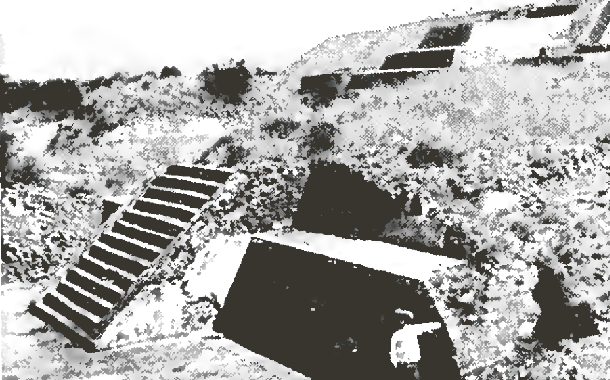<![CDATA[The beautiful Teotihuacan ruins lie just 60 minutes from the downtown area of Mexico City. This massive ancient city was home to almost 120 thousand people people, people who had built fabulous temples, palaces and pyramids before disappearing from the face of the earth around 650 A.D. Reports suggest that this mysterious Mexican civilization predated the Aztecs. According to the latest discoveries, there was a drink known as pulque that was used by the Teptihuacan people as a source of nutrition. Pulque is milky liquor made from the maguey plant that can serve as a source of nutrition and food. It is quite similar to modern tequila, and is still drunk in Mexico. A study published in the Proceedings of the National Academy of Sciences Journal states that traces of pulque have been uncovered on a few pottery shards that date all the way back to the year 150 B.C. Marisol Correa-Ascencio, a chemistry student at the University of Bristol, stated that pulque wasn't reserved for the upper classes of Teotihuacan society. It was consumed by the general population as well. She believes that pulque could have helped the locals to compliment their diets, and act as a source of energy and nutrition. Although ancient Mesopotamian and Egyptian cultures have been credited with brewing wine and beer way before Teotihuacan society, pulque remains the earliest finding of an alcoholic beverage being used by the people of Mesoamerica. Ascencio and her colleagues tried out innovative methods to identify the residue on these pottery shards, by using a lipid biomarker. This biomarker is basically a small fat molecule that bonds with the ceramic molecules of the pottery shards containing the pulque. Ascencio believed that when one stored or cooked food in a ceramic vessel, the lipids would get absorbed into the ceramic matrix and end up capsulated. Therefore, all the scientists had to do was clean the pottery shards, crush them and then perform lipid extraction procedures in order to identify the substance. This is the first time that such a method has been used in order to identify ancient alcoholic beverages. Experts believe that the method could be used to help with research on the use of alcohol in ancient cultures around the world. This should help shed more light on the early use of fermented beverages such as mead, wine and beer in ancient societies through history. It is always exciting to learn about ancient lifestyles. Professor Emeritus at Arizona State University, George Cogwill, states that the fact that pulque formed an integral part of the Teotihuacan society is historically very significant. Common staples such as maize were in short supply during this period, but we can now begin to understand how this ancient society worked around these shortages and found sustenance. Cogwill mentions this was partly responsible for the growth and development of the Teotihuacan Empire for 600 years.]]>
Ancient Mexicans Drank Tequila for Food and Energy
